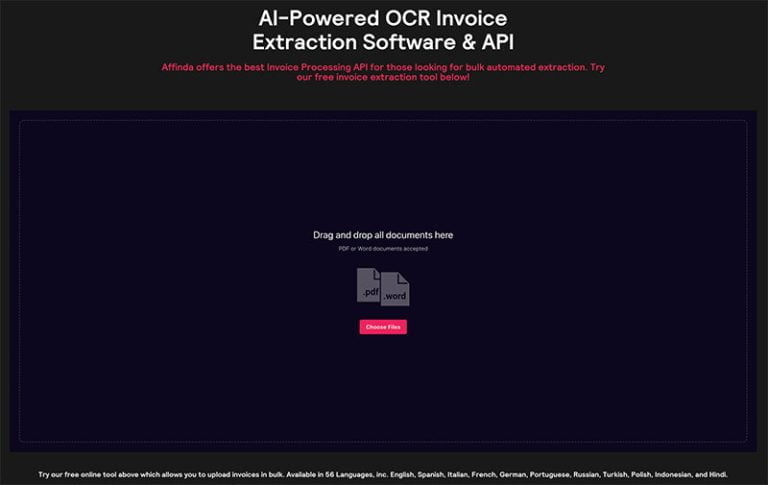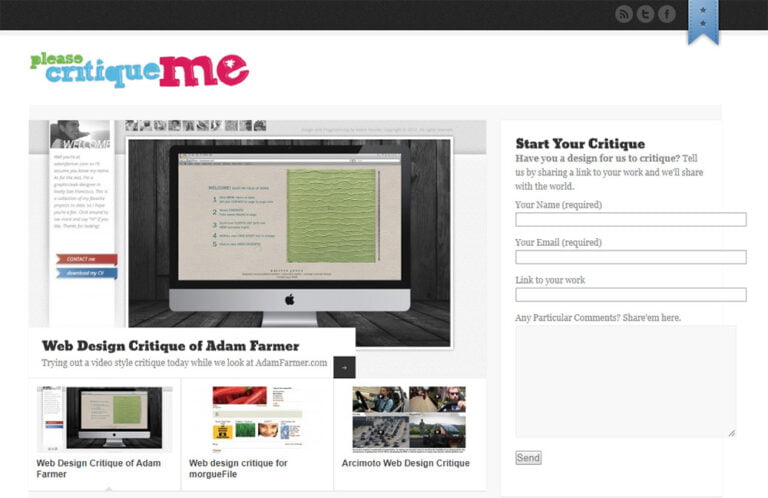Design is a critical component of web development and plays an important role in creating a successful website. A strong design will make the site engaging for visitors, help establish brand identity, ensure an intuitive and user-friendly user experience, and improve overall usability. From aesthetics to navigation flow, good design can make all the difference in how well your website performs. This article will discuss the importance of design and how it can impact your website’s performance. Let’s get started.
Sets the First Impression
Table of Contents
Design is the first thing visitors will notice when coming to your site. A website with a good design will create a positive impression for potential customers and make them more likely to return. It also helps establish the credibility of your business or organization and can give viewers an impression of quality.
Your domain name is also part of the design equation and should reflect your brand in some way. Ensure to register it so that it matches your company’s name and communicates the purpose of your website. For instance, you can register domain name UK, like www.yourcompanyname.co.uk, if your business is based in the United Kingdom. This will give an impression of professionalism and help build trust with your customers.
Improves Usability and Functionality
A well-thought-out website design can also help improve usability and functionality. It should be easy to navigate, with clear paths to different areas of content and a logical flow from one page to another. Additionally, ensure all links are working and the design elements, such as buttons and menus, are easily accessible.
Pay attention to details like font size and color scheme, as these can also affect usability and functionality. Finally, ensure the design is responsive and looks good on all devices – laptops, tablets, and smartphones. These small details will help you create an effective website design that visitors will enjoy using.
Design is also important for helping visitors find what they need on your website quickly and easily. A user-friendly site navigation system can make all the difference in how successful your website is at converting traffic into customers or leads. Make sure to use drop-down menus, breadcrumbs, and other navigational elements that make it easy for visitors to find their way around your website.
Furthermore, you should consider integrating search options on the site – such as a search box or advanced filters – to help visitors quickly locate specific content. This can improve their user experience and reduce the time it takes for them to find what they’re looking for.
Establishes a Brand Identity
The design also helps establish a brand identity and creates a unique look and feel for your website. It should reflect your business or organization’s values, mission, and objectives. Pay attention to details like the color scheme, typography, and imagery you use, as these can help create a unique experience for your visitors.
You should also use consistent branding across all of your online properties, such as social media accounts and other communication channels. For instance, you can use the same logo, color palette, and font choices on your website, emails, and other digital platforms. Doing this will help build a recognizable brand that viewers can easily recognize and remember.
Helps in Your SEO Strategy
Finally, the design also plays an important role in your SEO strategy. You want to ensure that visitors can find your website easily through organic search results. This requires optimizing the code and content on your site, from page titles and meta descriptions to schema markup and image alt text.
A well-designed website makes it easier for Google’s crawlers to index your pages and understand their content, which can help boost your rankings in the search engine results page (SERP). Additionally, ensure the design is optimized for speed, as slow-loading pages can significantly impact your SEO efforts.
Creates Consistency

Overall, a good website design can create consistency across all of your web pages. It should be easy to use and familiar for both old and new visitors. Additionally, it needs to reflect your brand identity and help you stand out from the competition. With consistent design elements, visitors will be able to find what they’re looking for quickly and easily, leading to higher conversion rates.
Finally, a good website design will ensure that your content looks its best no matter what platform or device it is viewed on – desktop, mobile, tablet, etc. Having a consistent design across all of these platforms will help ensure visitors have a positive experience regardless of the device they are using.
In conclusion, a well-designed website will create an enjoyable and consistent user experience. It should be easy to navigate, establish your brand identity, and help in your SEO efforts. Pay attention to small details such as font size and color scheme, as these will all play a role in how successful your website is in meeting its goals. Finally, create a consistent design across all devices and platforms to ensure that your visitors have the best possible experience. By creating an effective website design, you can increase engagement, retain more customers, and maximize conversions.






